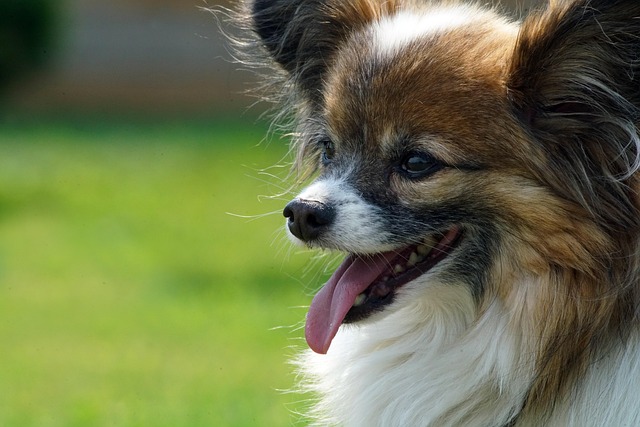
How can I tell if my dog's heatstroke is serious
Let’s be real: It’s a sticky August morning in Los Angeles, and you took your 2-year-old Golden Retriever, Max, for a walk a little later than usual
That heartbreaking moment when your Golden Retriever scrambles out of the tub, frantically scraping his raw, pink belly against your living room rug – we’ve all been there. Sensitive skin plagues nearly a third of dogs, turning bath time into a battle against rashes and hot spots. Human shampoos often trigger these reactions with harsh sulfates like sodium lauryl sulfate that strip protective oils, while artificial fragrances ignite allergic fires. Breeds like French Bulldogs and West Highland Terriers face particular vulnerability due to delicate skin barriers.
The science of relief starts with pH harmony. Your dog’s skin leans alkaline at 7.5 pH – worlds apart from human skin’s acidic 5.5. That "gentle" baby shampoo? A recipe for disaster. Veterinary dermatologists consistently champion colloidal oatmeal-based formulas where beta-glucans create a healing film to calm inflammation. After switching to an aloe-oatmeal blend, my neighbor’s Boxer in Portland stopped tearing at his flanks within weeks. For stubborn cases like yeast overgrowth, medicated shampoos with 2% chlorhexidine offer antibacterial action without dehydration, though always consult your vet before use.
Mastering the gentle bathing ritual transforms torture into therapy. Begin with thorough dry brushing to lift debris without irritating the skin. Test water temperature with your elbow – it should feel slightly cooler than lukewarm, ideally around 95°F. Dilute your shampoo with water until it resembles skim milk for frictionless application. Massage in gentle circles for five full minutes, letting active ingredients penetrate while whispering praise – studies show calm voices lower canine stress hormones. Rinse until the water runs utterly clear, as leftover residue is public enemy number one for sensitive skin. Pat dry with microfiber towels, avoiding abrasive rubbing that aggravates inflammation. Space baths at least three weeks apart unless directed otherwise.

This tender care aligns with legal and cultural expectations in the U.S. Grooming sessions present perfect opportunities to check rabies tags – expired vaccinations risk $500 fines in New York if anxiety causes a nip during nail trimming. Culturally, positive reinforcement reigns supreme. Reward calm behavior throughout the process with high-value treats like salmon flakes, never scolding fearful reactions. Apartment dwellers face amplified challenges: lay non-slip mats in tubs to prevent panic-induced slips, consider noise-muting ear covers if blow-drying, and avoid shared laundry sinks which violate health codes in Seattle. Always keep biodegradable wipes handy for elevator cleanup after enthusiastic shake-offs.
When rescue Dachshund Daisy in Austin developed oozing sores, her vet prescribed ketoconazole shampoo alongside allergy testing – revealing a chicken sensitivity masked as skin disease. Remember: persistent issues demand professional diagnosis. By choosing science-backed cleansers and respecting bathing etiquette, you’ll witness your dog’s grateful sigh as the itch finally fades.

Let’s be real: It’s a sticky August morning in Los Angeles, and you took your 2-year-old Golden Retriever, Max, for a walk a little later than usual

You're enjoying a summer afternoon at the park when you notice your dog has stopped panting and appears disoriented - their gums are bright red

Let’s paint the picture: You’re in your Denver apartment, watching your 4-year-old Boston Terrier, Ruby, plop down mid-play session with her favorite toy

Many dog owners notice their pets nails seem shorter after regular walks,but how much does this daily activity actually help?The answer depends on where you walk—concrete sidewalks or asphalt streets gently file nails as a dog's paws hit the ground

Most dog owners notice their pup scooting across the carpet at some point, but few connect it to impacted anal glands. These small sacs near a dog’s rectum secrete a scent for marking territory

Most vets agree that regular dog teeth cleaning is key to avoiding painful dental issues later. For healthy adult dogs, a professional cleaning at the vet’s office every 12 to 18 months usually works well.